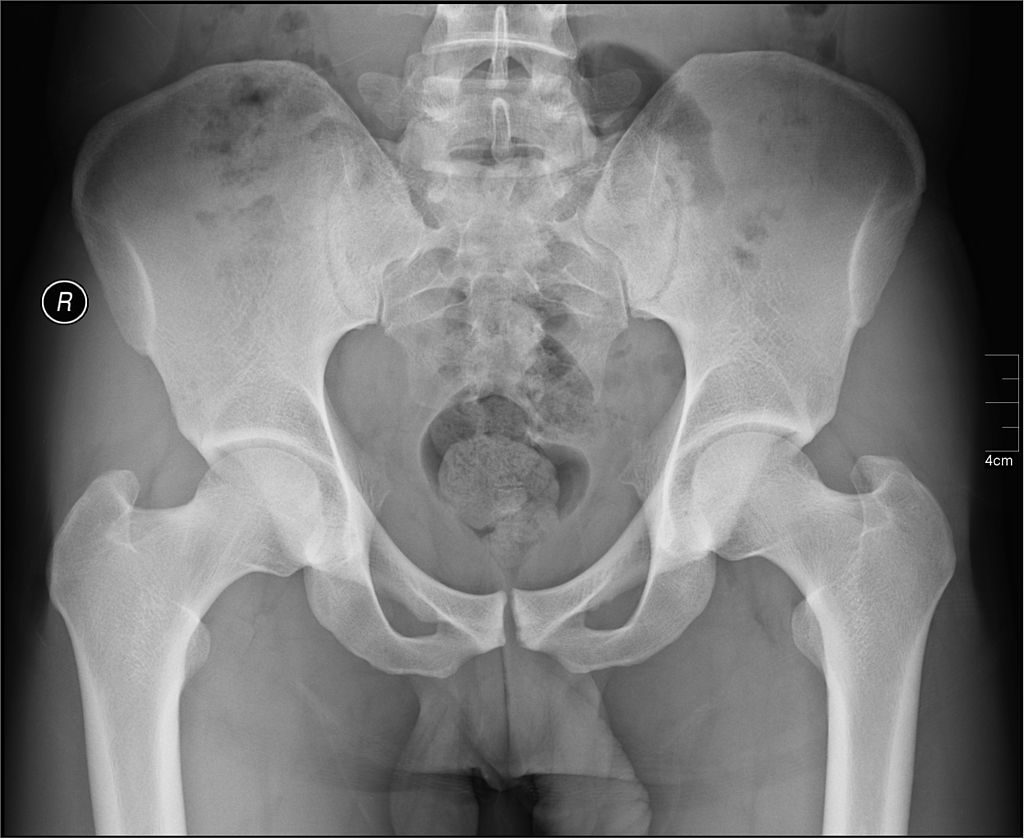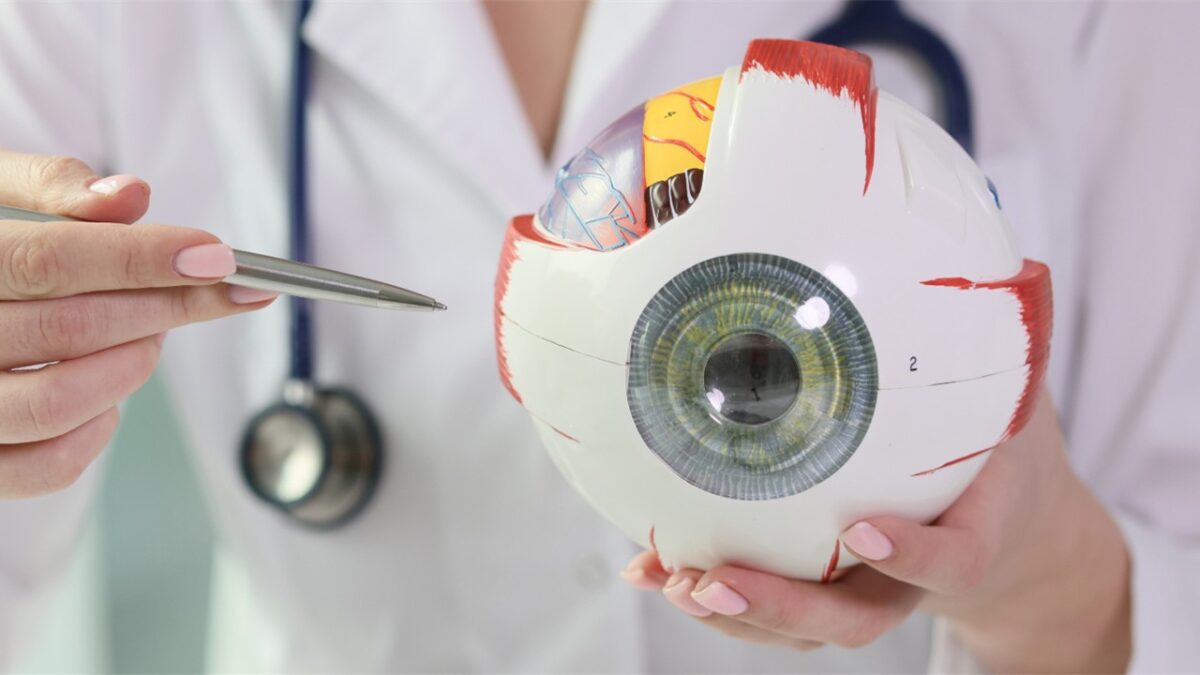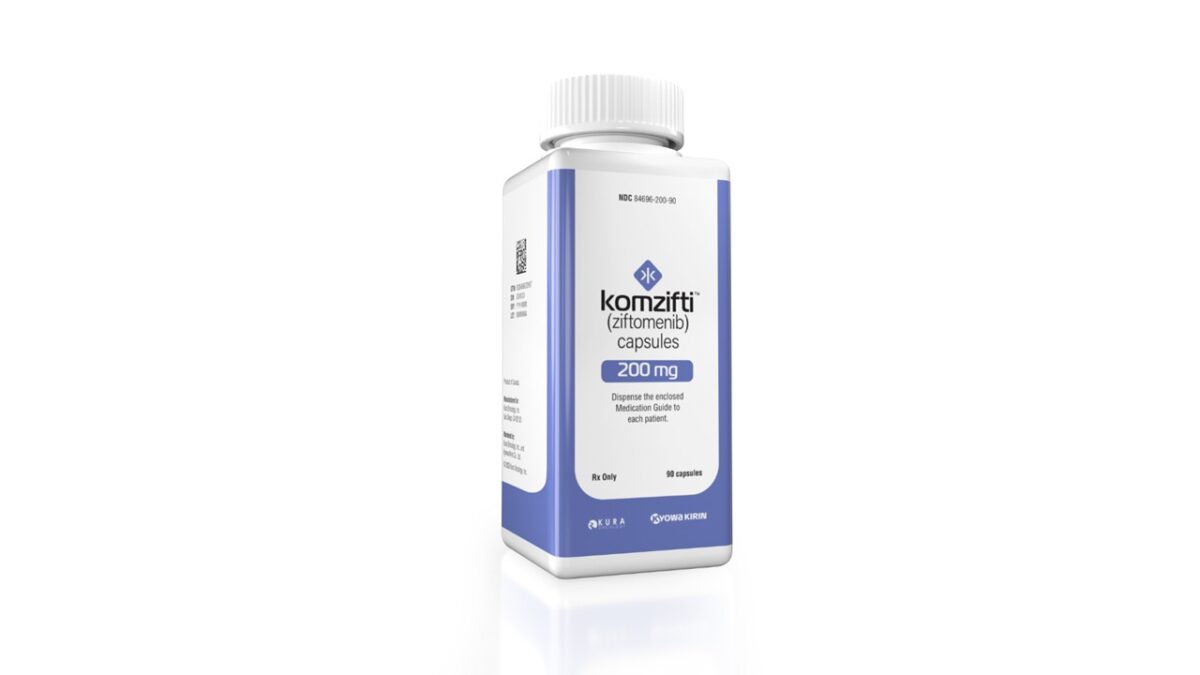Steroid injections are commonly used to treat joint pain and inflammation, however the results of a new study presented at the annual meeting of the Radiological Society of North America (RSNA) suggest this treatment could be damaging bone tissue. The study investigators found that patients with osteoarthritis of the hip being treated using steroid injections showed a higher incidence of bone death.
“Changes due to osteoarthritis, such as narrowing in the space between joints and the development of bony proliferations, typically develop slowly over time,” said Dr. Connie Y. Chang, a radiologist at Massachusetts General Hospital and assistant professor of radiology at Harvard Medical School in Boston. “When reading follow-up radiographs of patients who had received a hip injection, we noticed changes had developed rapidly in some patients.”
The study involved a total of 102 adult patients receiving steroid injections in their hip joint. The researchers studied the effects of the treatment on bone health by imaging the hip using X-rays directly after the injection was administered, and three to nine months later.
A group of 102 individuals, matched with the treatment based on demographics and followed-up within the same time period, was used as a control. Approximately half of the control group volunteers received no injection, while the other half received a steroid injection in their shoulder. Participants from both control groups underwent X-ray imaging.
Up to 24 percent of hip injection osteoarthritis patients showed new osteonecrosis, or bone death, at their follow-up visit, according to two independent musculoskeletal radiologists. In comparison, the same finding was found in only nine percent and five percent of those in the hip and shoulder control groups, respectively.
According to Chang, patients whose hip pain is severe enough to require the steroid injections may be most likely to exhibit deterioration in bone tissue, compared to healthy adults. Nevertheless, she says that the findings of the study still warrant further investigation as some patients require larger doses of the steroid, and the treatment is increasingly being used in younger patients.
“We need to look at what’s going on with the steroid/anesthetic injectate and osteoarthritis patients to determine what’s causing the changes that occur in some patients,” said Chang. “However, we don’t want to deter patients from getting an injection. These results are enough to warrant an investigation, but not enough to cancel a procedure.”












Join or login to leave a comment
JOIN LOGIN